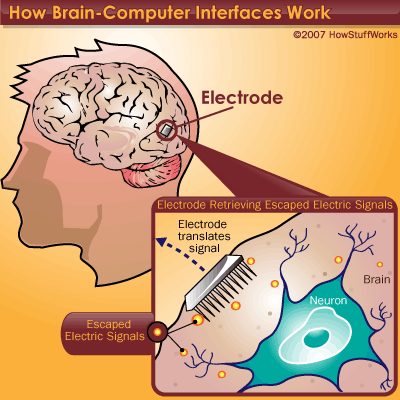The tools we rely upon to communicate today were only science fiction 50 years ago. Today, you can purchase a smartphone and make calls, surf the web, play games, run applications and accomplish more than most speculative fiction authors dared to dream. So what's next?
In the short term, we'll likely see basic cell phones slowly fade away. As smartphones become more common and less expensive, more people will adopt them. The process is gradual. As with most new technologies, a group of enthusiastic adopters leads the way. Sometimes, the general population will follow the early pioneers — the compact disc is a good example of such technology. In other cases, the early adopters end up owning technology that becomes obsolete without ever finding wide acceptance — like LaserDiscs.
Advertisement
Smartphones seem to be in the first category. Products like the Apple iPhone and Google's Android operating system have pushed the smartphone out of the world of gadget geeks and into the mass market. In 2010, the first 4G smartphone for a major carrier in the United States made an appearance. It was the HTC EVO 4G, running on Sprint's WiMAX network [source: CNET]. At the time, the 4G network allowed for faster data transfer speeds than other networks.
The internet will continue to play an increasing role in communication. Voice over Internet Protocol (VoIP), which allows people to make calls over an internet service instead of a phone line, already plays a large role in several communication products and services. Skype, Google Hangouts and Whatsapp let users communicate with networks of people through their phones or computers. With the rise of the web, people now have a platform from which they can address the world. In the past, only celebrities and politicians could address so many people at one time. Now, anyone with an internet connection can do the same thing.
This may lead to changes in everything from entertainment to politics. Using the web as a communication tool, people can find an audience more easily than ever before. It might not be long until a relatively unknown person uses the internet to win enough support and become elected president of the United States.
So far, we've looked at some fairly mundane advances in communication. But what about the distant future?
Advertisement


